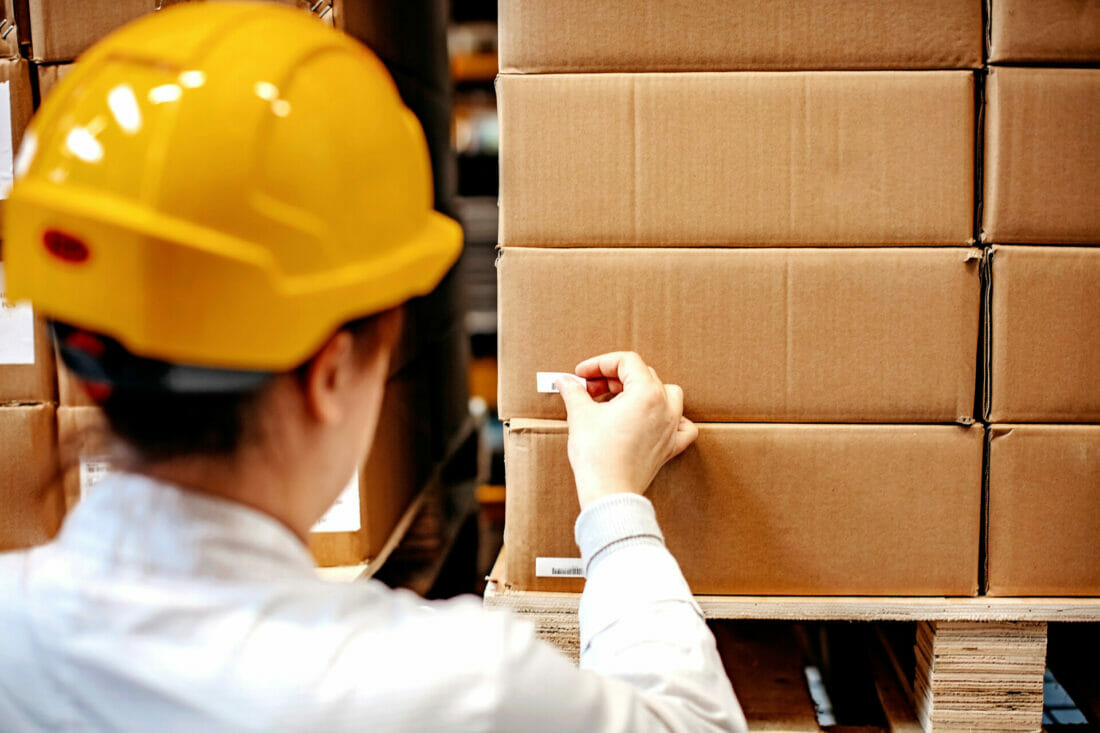Environmental labeling of packaging: guidelines and obligations
In an increasingly eco-conscious world, packaging waste management is a relevant issue. Hence, environmental labeling of packaging has been introduced-an important tool for providing customers with increasingly comprehensive information about a given product. In particular, this labeling is used to identify the materials of which the packaging is made and consequently the disposal directions. Let’s take a look together at the guidelines, obligations and what is new under the law.
Environmental labeling of packaging: what it is and what information it contains
How often does it happen that you don’t know where to throw away the packaging of a product? The consumer receives very little information regarding the proper disposal of packaging, and that’s where the environmental labeling of packaging intervenes. This is a label that is applied to packaging placed on the Italian market to facilitate collection and encourage recovery and recycling. The label, in fact, provides information on the exact composition of the packaging and its destination, so that disposal can be properly managed.
The environmental labeling of packaging, in fact, provides information about the packaging so as to properly manage disposal. Specifically, the following information is provided to the consumer:
- Type of packaging, indicated with a graphic or description
- Identification of the material used, indicated by a code established by Decision 97/129/EC
- Family to which the reference material belongs and indications of the type of collection.
Where should environmental labeling be placed?
Environmental labeling must be made on all packaging that can be separated manually. Accordingly, it should be on:
- Individual manually separable components, such as caps
- On the main body of the packaging
- On the component that already bears the label.
What happens when the size of the packaging does not allow for the inclusion of these markings? Fortunately, nowadays technology comes to our rescue with QR codes or applications aimed at providing all the necessary information.
Is environmental labeling mandatory? What the new legislation provides
If you are a producer, you should know that Legislative Decree 152/2006, containing the information of the packaging waste management activity, was amended by Legislative Decree of September 3, 2020, No. 116, introducing a number of new features. The two main ones concern:
- The obligation of environmental labeling of packaging, in the manner prescribed by UNI technical standards and in accordance with the determinations adopted by the EU
- The obligation on the part of producers to indicate the nature of the materials used for packaging in accordance with the provisions of Decision 97/129/EC (European reference legislation)
However, provision is made for the possibility of marketing, while stocks last, products without the labeling requirements, provided that they are already on the market or already provided with a label.
Environmental labeling of packaging: the CONAI guidelines.
However, the new provisions have raised some doubts and uncertainties. For this reason, CONAI (National Packaging Consortium) has provided guidelines and a tool (e-labeling) to provide companies with answers on interpretative doubts related to the new regulations and to guide operators toward the correct implementation.
The document thus represents a clarification regarding:
- The components on which environmental labeling is required
- The applicable UNI technical standards
- The mandatory and optional contents
If you have doubts, do not risk putting on the market a product that is not in line with the regulations, but consult the official CONAI Guidelines.


